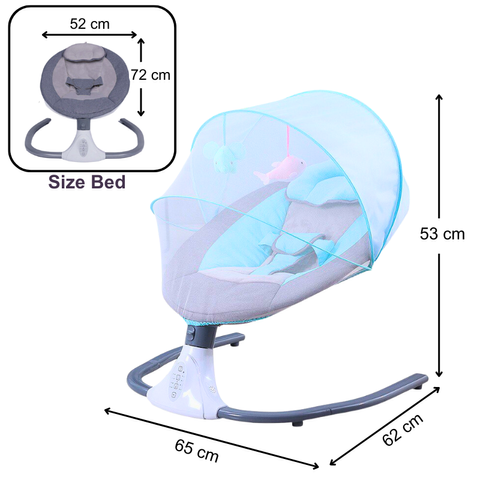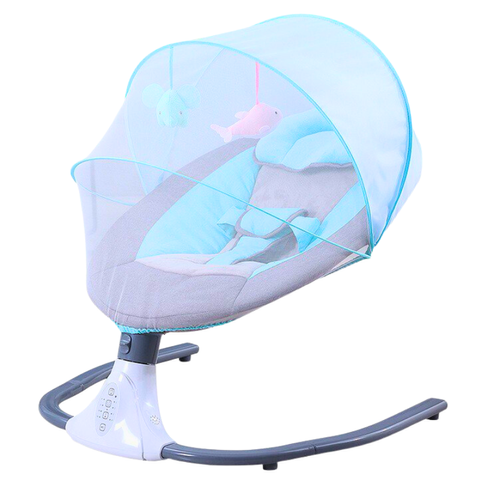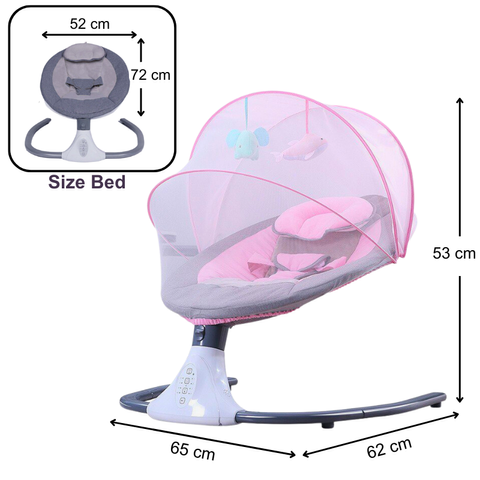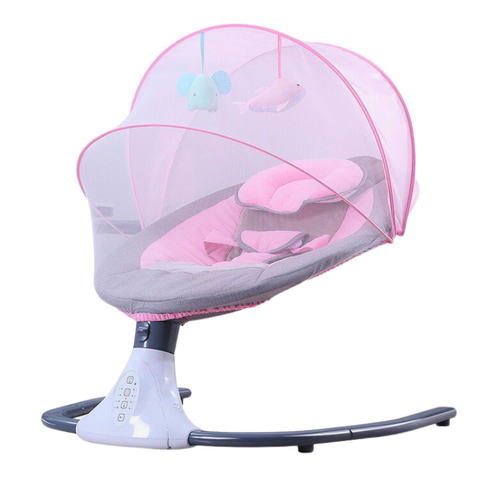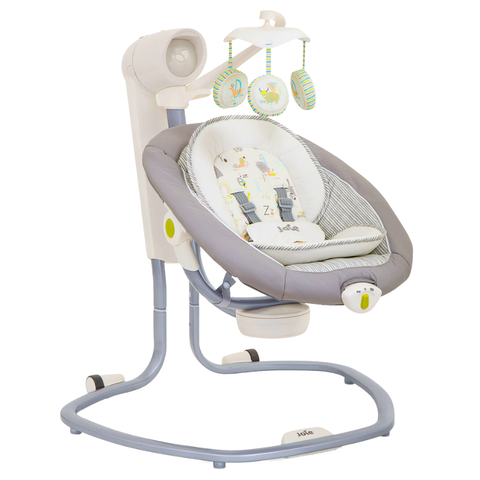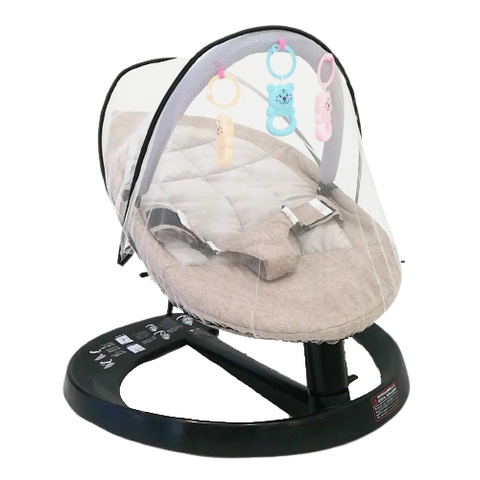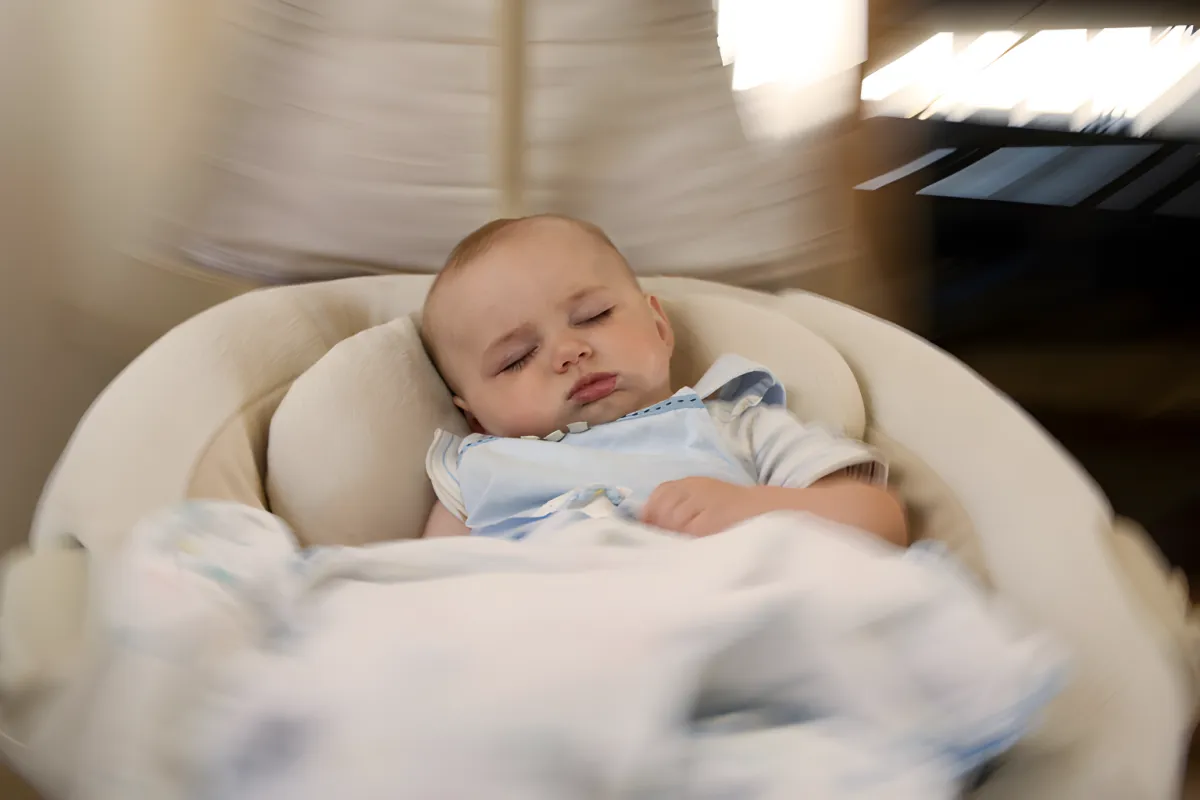
Baby swings serve as invaluable tools for parents, offering a soothing and calming environment for infants while allowing caregivers a momentary break. However, knowing when and how long to use a baby swing is essential for ensuring your baby's safety and well-being. In this comprehensive guide, we'll explore the safe usage guidelines, transition periods, and considerations for using baby swings effectively.
Understanding Safe Usage Guidelines:

Most baby swings are designed for newborns and infants up to six months old. However, it's crucial to follow the manufacturer's guidelines regarding weight and size limits. These limits vary depending on the swing model but typically range from until 36 months. Exceeding these limits can compromise your baby's safety and increase the risk of accidents.
When using a baby swing, always ensure that your baby is securely strapped into the harness or seat. Avoid placing additional padding or toys that could interfere with the swing's functionality or pose a suffocation hazard. Place the swing on a flat, stable surface and never leave your baby unattended while they are in the swing.
Monitoring Your Baby's Development:

As your baby grows, their needs and preferences evolve, necessitating adjustments in their environment and soothing methods. Pay attention to your baby's cues and behaviors to determine when they may be ready to transition out of the swing.
Signs that your baby may be outgrowing the swing include attempting to climb out, becoming restless or fussy while in the swing, or exceeding the weight or size limits specified by the manufacturer. Additionally, observe your baby's motor skills development, as increased mobility may indicate a need for a different type of soothing device.
Transitioning Out of the Swing:

When your baby reaches the weight or size limit recommended by the manufacturer, it's time to transition them out of the swing. This transition period typically occurs around six months of age but may vary depending on your baby's growth rate and developmental milestones.
Transitioning your baby out of the swing can be a gradual process. Start by reducing the amount of time they spend in the swing each day and gradually introduce alternative soothing methods, such as baby bouncers, rocking chairs, or swaddling. Establishing a consistent bedtime routine can also help your baby learn to self-soothe and fall asleep without relying on motion-based devices.
 Click here for product preview: Crolla Comfeo Auto Baby Swing
Click here for product preview: Crolla Comfeo Auto Baby Swing
Baby swings are valuable tools for soothing infants and providing caregivers with much-needed relief. However, it's essential to use them safely and responsibly, following the manufacturer's guidelines regarding weight and size limits.
By following these guidelines and consulting with your doctors as needed, you can ensure that your baby's transition out of the swing is smooth and successful, setting the stage for healthy sleep habits and development in the months and years to come.



